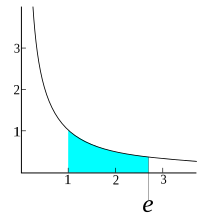
Photo from wikipedia
Genodermatoses encompass a wide range of inherited skin diseases, many of which are monogenic. Genodermatoses range in severity and result in early-onset cancers or life-threatening damage to the skin, and… Click to show full abstract
Genodermatoses encompass a wide range of inherited skin diseases, many of which are monogenic. Genodermatoses range in severity and result in early-onset cancers or life-threatening damage to the skin, and there are few curative options. As such, there is a clinical need for single-intervention treatments with curative potential. Here, we discuss the nascent field of gene editing for the treatment of genodermatoses, exploring CRISPR–Cas9 and homology-directed repair, base editing, and prime editing tools for correcting pathogenic mutations. We specifically focus on the optimisation of editing efficiency, the minimisation off-targets edits, and the tools for delivery for potential future therapies. Honing each of these factors is essential for translating gene editing therapies into the clinical setting. Therefore, the aim of this review article is to raise important considerations for investigators aiming to develop gene editing approaches for genodermatoses.
Journal Title: International Journal of Molecular Sciences
Year Published: 2023
Link to full text (if available)
Share on Social Media: Sign Up to like & get
recommendations!